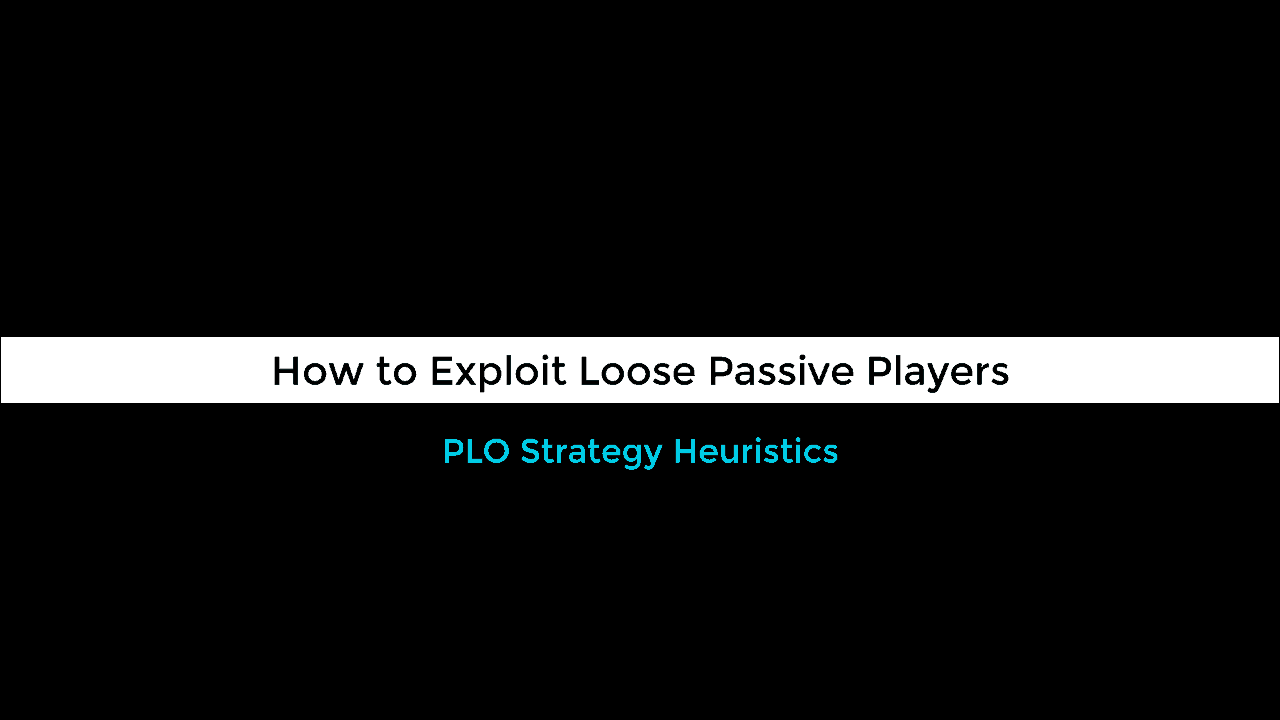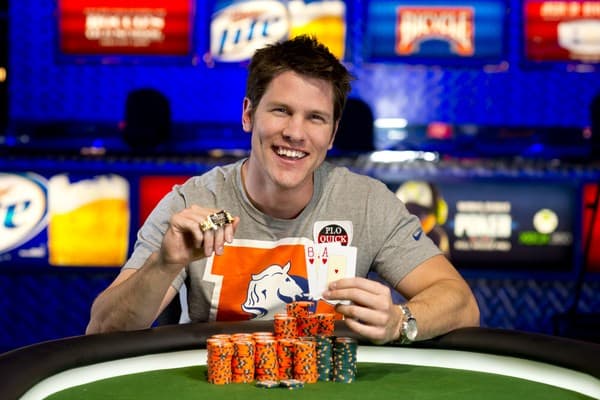Maimonides
There are a lot of gurus in the world who claim to know how to guarantee success. I take a different and more robust approach to succeeding: I find strategies which aren’t proven to be unsuccessful, test them in my own life and see how effective they are for me.
I was inspired to this ‘falsification’ approach to poker strategy in large part by Karl Popper’s excellent text, ‘The Logic of Scientific Discovery’. However I only realized quite how useful it was to generalize it to other areas of my life when I read this quote from Michelangelo about one of his sculptures,
“I saw the angel in the marble and carved until I set him free.”
In a flash of insight I realized that one can arrive at successful strategies by chipping away one’s unsuccessful strategies.
As a result of this approach I have learned many lessons about effective decision-making. One lesson I can share with confidence is that if you don’t put yourself in a position to make big, meaningful decisions then you won’t ever achieve the success you want.
This is true in every aspect of life: just take a look at an area of your life you are unhappy with. Whether it’s your career path, your love life, your health or that ‘once-in-a-lifetime’ trip you never took, the big decisions you avoided have cost you dearly. A lifetime of avoiding tough decisions, whatever the outward trappings of a success, is a life poorly lived.
Make exploitative play count
Let’s get the discussion started with a quick question: What’s the best way to exploit a player who check-raises the flop and then proceeds to barrel off with a bluff-heavy range on a monochrome board?
The answer is to C-bet with all of your made flushes and then call down. Yes, this does mean that every time he has a value check-raise you are going to get stacked. I’m going to show you why that’s not so bad. In fact, more than that, I’m going to show you why accepting that you are sometimes going to get value-stacked is essential to success in poker.
On our example flop of:
7♥5♥2♥
when we hold K♦8♥7♣3♥ an opponent calling in the Big Blind will always hold more blockers than flushes of a given rank, irrespective of his width

Consider two alternative plays for hero in a 5.5BB pot going to the flop with 97.5BB behind: Bet/calling versus checking back.
First, the bet/call. Most of the time the board will not pair. On these occasions our opponent’s imbalance of only value check-raising the {Nut, 2nd Nut flushes} but barreling off all {Nut, 2nd Nut blockers} gives us a clear positive expectation from bet/calling the flop and calling down. In fact, our EV is +11.9BB versus the 40% width and +27.8BB for the 100% width, on account of the imbalance becoming more pronounced as his pre-flop range widens2.
If we instead checked back the flop and called two pot-sized bets made with the same range then we would have an EV of only +5.0BB versus the 40% width and +9.6BB versus the 100% width3.
But can’t I just trap him?
For the 40% pre-flop width our opponent would need to double his bluffing frequency before a strategy of checking back to call down were more profitable than bet/calling to call down.
For the 100% pre-flop width even if our opponent always bet turn and river with any four cards checking back to call down is less profitable than bet/calling.
Note that checking back the flop with a weak flush is (I believe) the ‘optimal’ play4. These calculations strip bare the underlying reason that so many historically strong players are uninterested in ‘optimal’ play… it’s less profitable. In practice they can generate much greater returns by figuring out their opponent’s strategy and then adjusting accordingly.
Professional gambling is about small edges pushed repeatedly many times over. Exploiting a small imbalance in a large pot is much more profitable than exploiting a large imbalance in a small pot. Thus, in order to exploit an overly aggressive opponent maximally you need to tolerate paying him off more often, sometimes with your stack.
Many players, even some high stakes professionals, are reluctant to accept how frequently they must get stacked to play well. These players are forever trying to find a way to avoid paying their opponents off. Their insight on any given hand history always pivots on a ‘key point’ in the play where villain gives away his strong hand and hero can make a fold. This reluctance to accept coolers lies at the root of why smart aggressive strategies are so profitable; if the aggressive player is happy to test your limit there can only be one winner.
Accept (some) big losses if you want big wins
Consider a situation where you are contemplating a river bet for ‘thin value’. Against a nit, you can confidently bet/fold the river with a ‘thin value’ hand. This thinner value range increases your permitted bluffing frequency, enabling you to win more pots overall. Now think about what happens if you choose not to bet the river for thin value against an aggressive player because you fear the check-raise. Your narrow value range reduces your bluffing frequency and so he ends up paying less to get to showdown with his whole range when behind. Your WWSF shrinks and the average size of the pots that you do win decreases.
I’m frequently asked by students “What do I do if he raises?” when I advise them that they missed a river bet. These players believe that they fear their opponent’s raise but they actually fear the decision presented by their opponent’s raise. In poker, as in life, avoiding difficult decisions is the surest way to lose.
Start experimenting today
In a 6-max game your ranges are relatively safe from the first two seats and, with so many other nits among your regular opponents, you don’t realize how often the aggressive players are exploiting you. The fraction of pots you play against aggressive players in a 6max game is simply too small for you to notice. This is a luxury that heads-up play does not permit.
I’ll conclude this article with a sobering reminder of the reasons excuses that most players will have for not trying this experiment:
- They believe that reading and understanding a concept is the same as internalizing and acting on it.
- They have an ego block that means dropping down two stakes, even for an experiment, is beneath them. Their identity as a poker player is bound up too much in the size of the pots they play and too little in the way they play them.
- They are too focused on the short-term hourly from playing to invest even a few hours in their own long-run success. This despite the fact that a quick examination of the numbers demonstrates how substantial the benefits are to improving your game.
Don’t be the sucker. If you’re serious about winning then get out of your comfort zone and try this experiment.
Struggling with your inner nit? Tell me what changes you’re experimenting with to improve your game in the comments below.







Leave A Comment